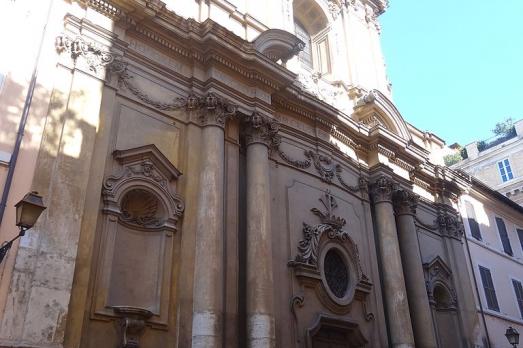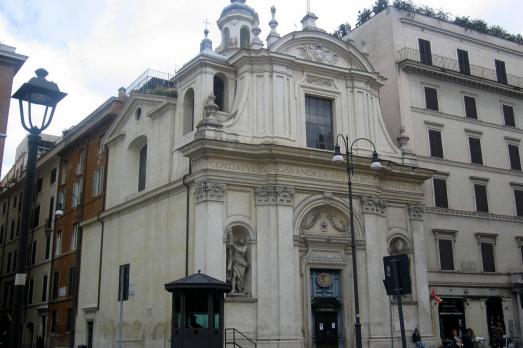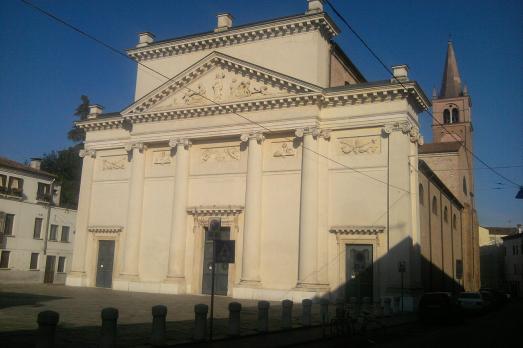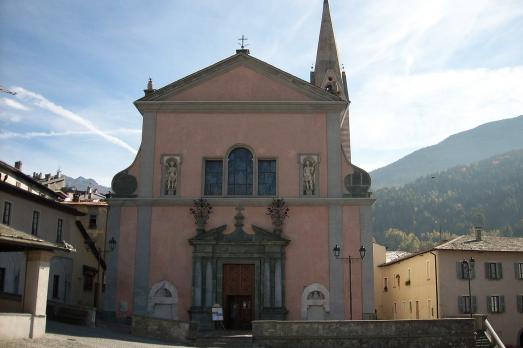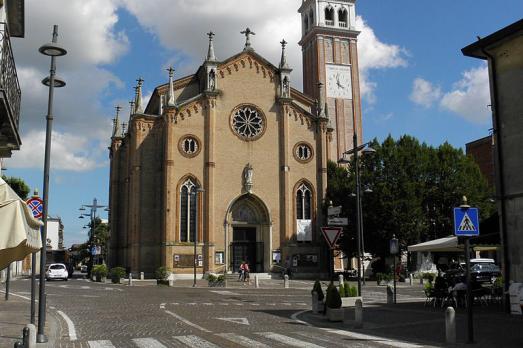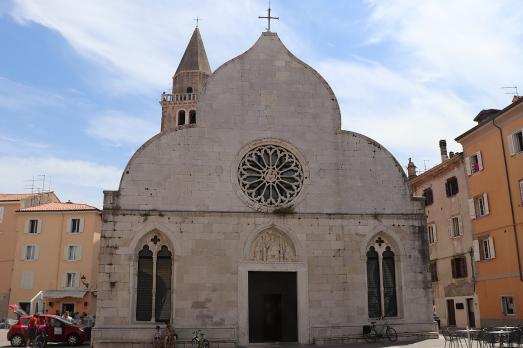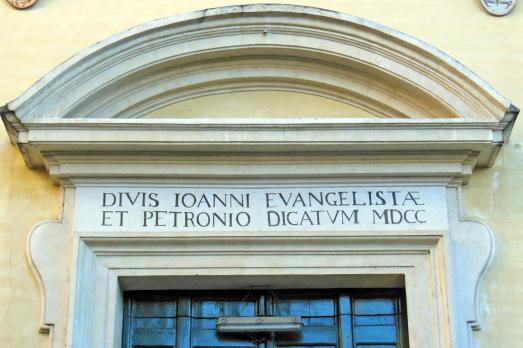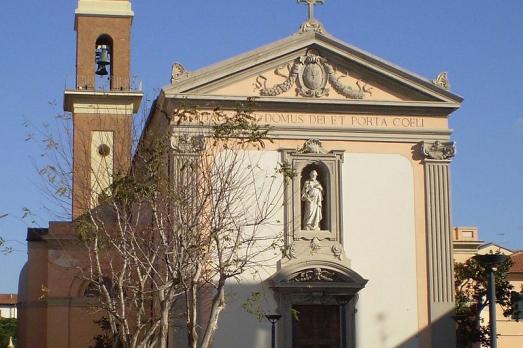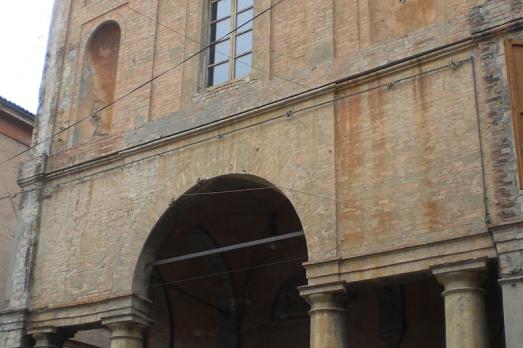
Chiesa dei Santi Carlo e Agata
Reggio Emilia, IT
The church of Saints Charles and Agatha, commonly known as San Carlo, was radically rebuilt in the 1760s to a design by Luigi Bartolomeo Avanzini and under the direction of the local architect Girolamo Beltrami. Previously, the oratory had been dedicated to Saint Faustino since 857 and to Saint Agatha since 1549. It was only in 1639 when the oratory was acquired by the Confraternity of Saint Agatha, that the dedication to Saint Charles was added.
